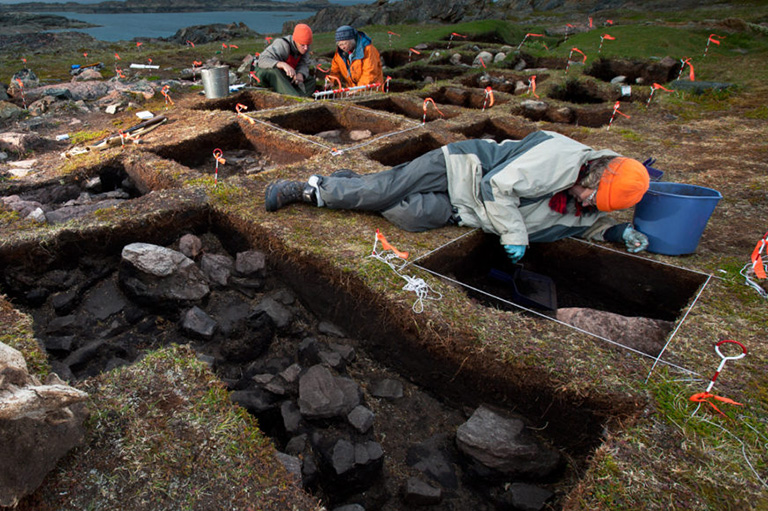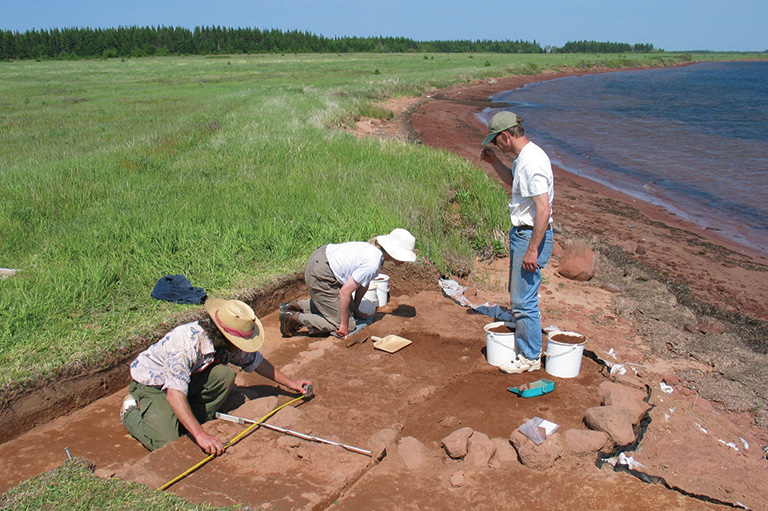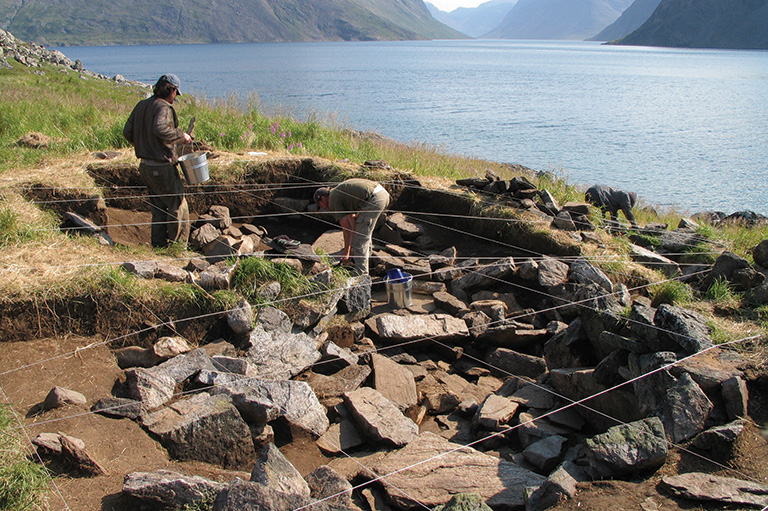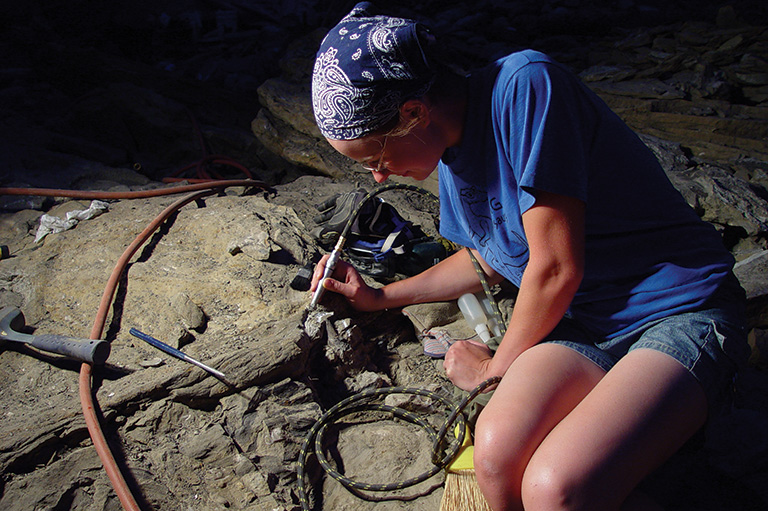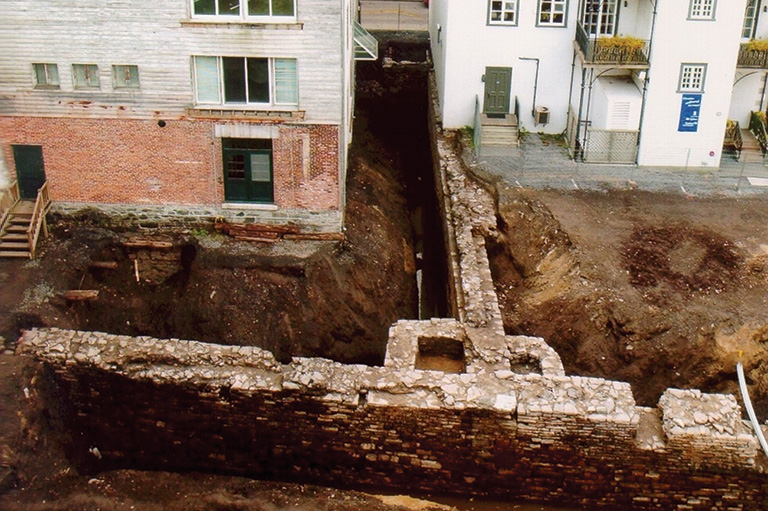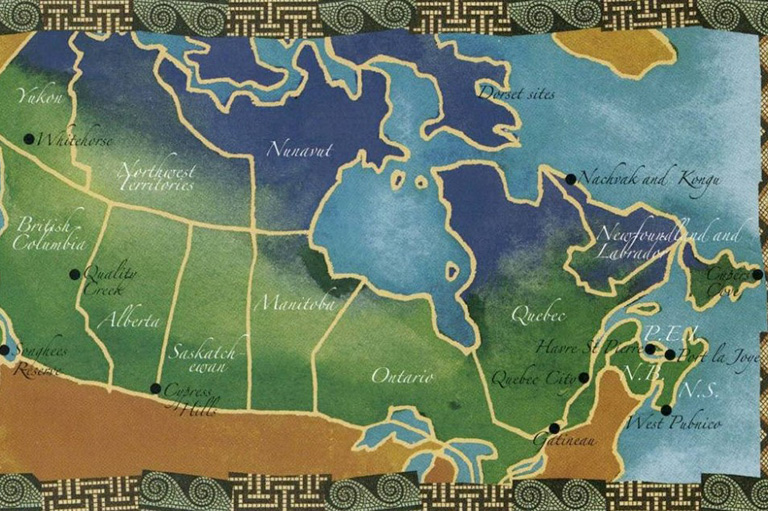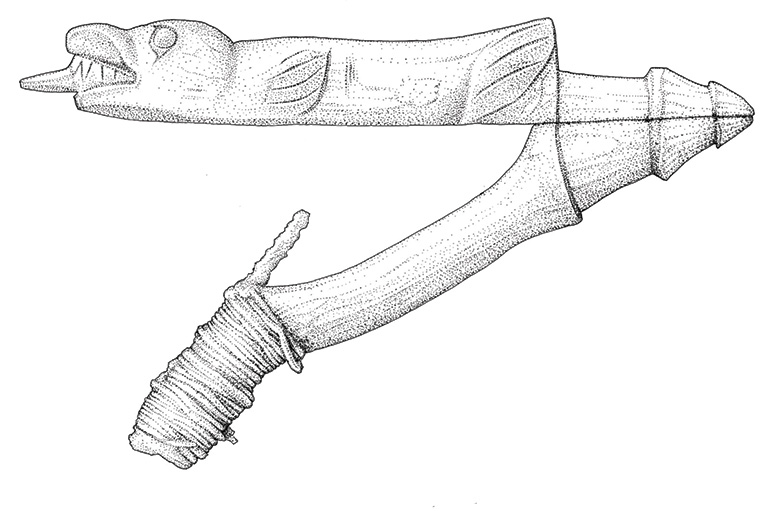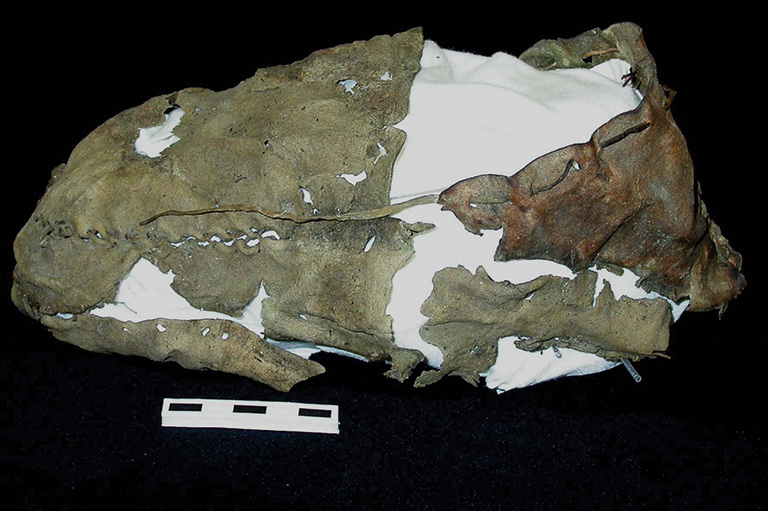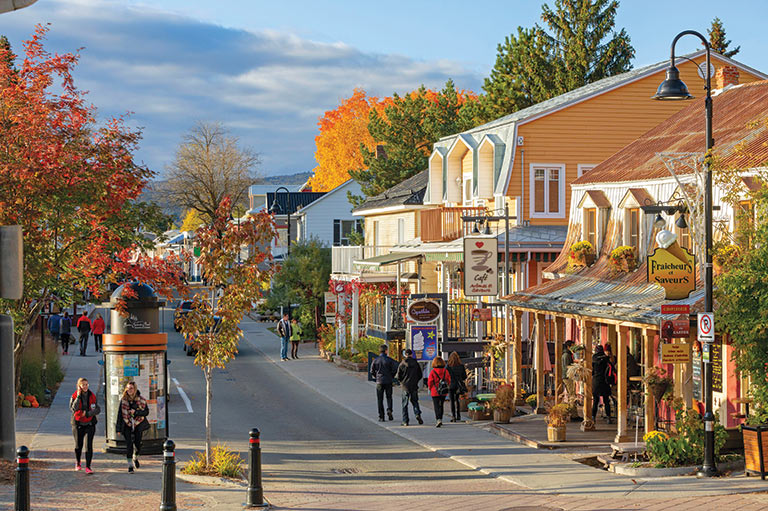The Northern Plains: Nomads of the grasslands
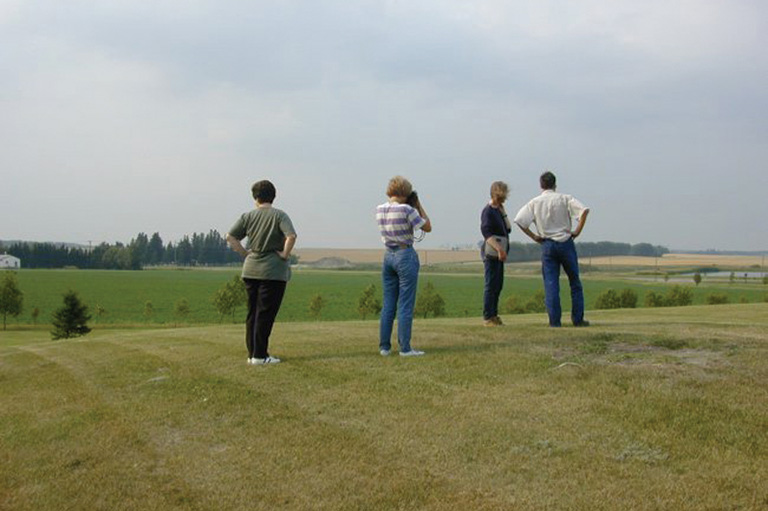
About 5,000 years ago in the Russian steppes, covering roughly 7,000 kilometres east to west across the top of Eurasia, nomadic bands moved across the plains and grasslands with their goats, cattle and sheep.
They travelled in carts — at first heavy ones drawn by cattle or oxen, later lighter carts drawn by horses. They slept in the carts along the way, much as people do today in their recreational vehicles.
Stopping in areas suitable for grazing, they set up semi-permanent shelters, known as yurts, constructed by forming a wooden lattice frame and covering it with a thick felt fabric woven from sheep’s wool.
The covering provided warmth and resisted moisture. A flap in the domed top allowed smoke to escape. They stayed and tended their herds until the food resources for humans and animals were depleted, then packed up and moved on.
When Ian Dyck, plains archaeologist with the Canadian Museum of Civilization in Gatineau, Quebec, first travelled in the 1990s to the steppes with Russian-Canadian colleague and museum research associate Elena Ponomarenko, he was amazed at how similar the landscape was to that of our northern Great Plains, or the prairies.
What resemblances, he mused, might be found between the nomadic people who occupied such similar landscapes? Dyck and his colleagues decided to find the answer.
After visiting Russian colleagues and archaeological sites in the Samara region, Dyck and Ponomarenko invited archaeologist Anna Kochkina and her team from the Samara Museum in Samara, Russia to visit Canada in the fall of 2000 and tour sites on the prairies.
The groups pooled their research findings, comparing and contrasting the customs, movements, culture and archaeological traces of the nomadic peoples covering the period from about 5,000 years ago to about 300 years ago. Intending to look only at the archaeology of the two areas that share a latitude and similar environments, they soon expanded the project to incorporate ethnographical and historical research.
Like the Russian steppe people, Indigenous people of our northern Great Plains were nomadic, erecting camps in areas with the greatest availability of resources. Unlike their Russian counterparts who had discovered the wheel, the Indigenous people relied on themselves and their dogs to carry their belongings.
Their teepees were similar to the Russian yurts: poles covered with hides, with an opening in the conical top for smoke. Like the yurts, the interiors were divided, with storage space inside the door, and sides to roll back in the heat of summer.
Both groups preserved food through drying, but the Russians also used salt as preservative. Both fashioned weapons and tools from stone and bone. Their ceramics show marked similarity in stages and shapes but there is no definite indication of cultural influence between the two groups.
Evidence for an extended trade network in Canada’s northern Great Plains can be seen in the presence of shell artifacts from the Atlantic, copper from the Great Lakes region and exotic materials from as far away as the Caribbean.
The Russian steppe people, migrating across an area bisected by the Silk Road, a system of trading routes across central Asia, also had a vast network of rich trade extending thousands of kilometres. Their burial mounds, the source of much of the Russian archaeological finds, were rich with jewellery and other items fashioned from gold, silver and bronze, even preserved leather.
The greatest difference between the two groups, Dyck says, was the food source. With no domesticated herds, nomads of the northern Great Plains hunted for their food, following the bison and other wild animals.
With domesticated animals, Russian groups controlled their sources of food, clothing and tools, hunting mainly for recreation. Lack of predictable food sources was a factor that kept northern Great Plains groups smaller than their Russian counterparts.
Although it’s possible that exchanges occurred between the two nomadic groups, Dyck says, resemblances in culture most likely arose because similar environments caused them to adapt in similar ways. The joint research, he says, has provided a valuable exchange of discoveries, ideas and information between the two countries.
The results of the collaboration between the Samara Museum for Historical and Regional Studies and the Canadian Museum of Civilization were revealed in an exhibit at the Canadian Museum of Civilization (now known as the Canadian Museum of History) December 2006 through September 2007.
We hope you will help us continue to share fascinating stories about Canada’s past.
We highlight our nation’s diverse past by telling stories that illuminate the people, places, and events that unite us as Canadians, and by making those stories accessible to everyone through our free online content.
Canada’s History is a registered charity that depends on contributions from readers like you to share inspiring and informative stories with students and citizens of all ages — award-winning stories written by Canada’s top historians, authors, journalists, and history enthusiasts.
Any amount helps, or better yet, start a monthly donation today. Your support makes all the difference. Thank you!
Themes associated with this article
Advertisement



